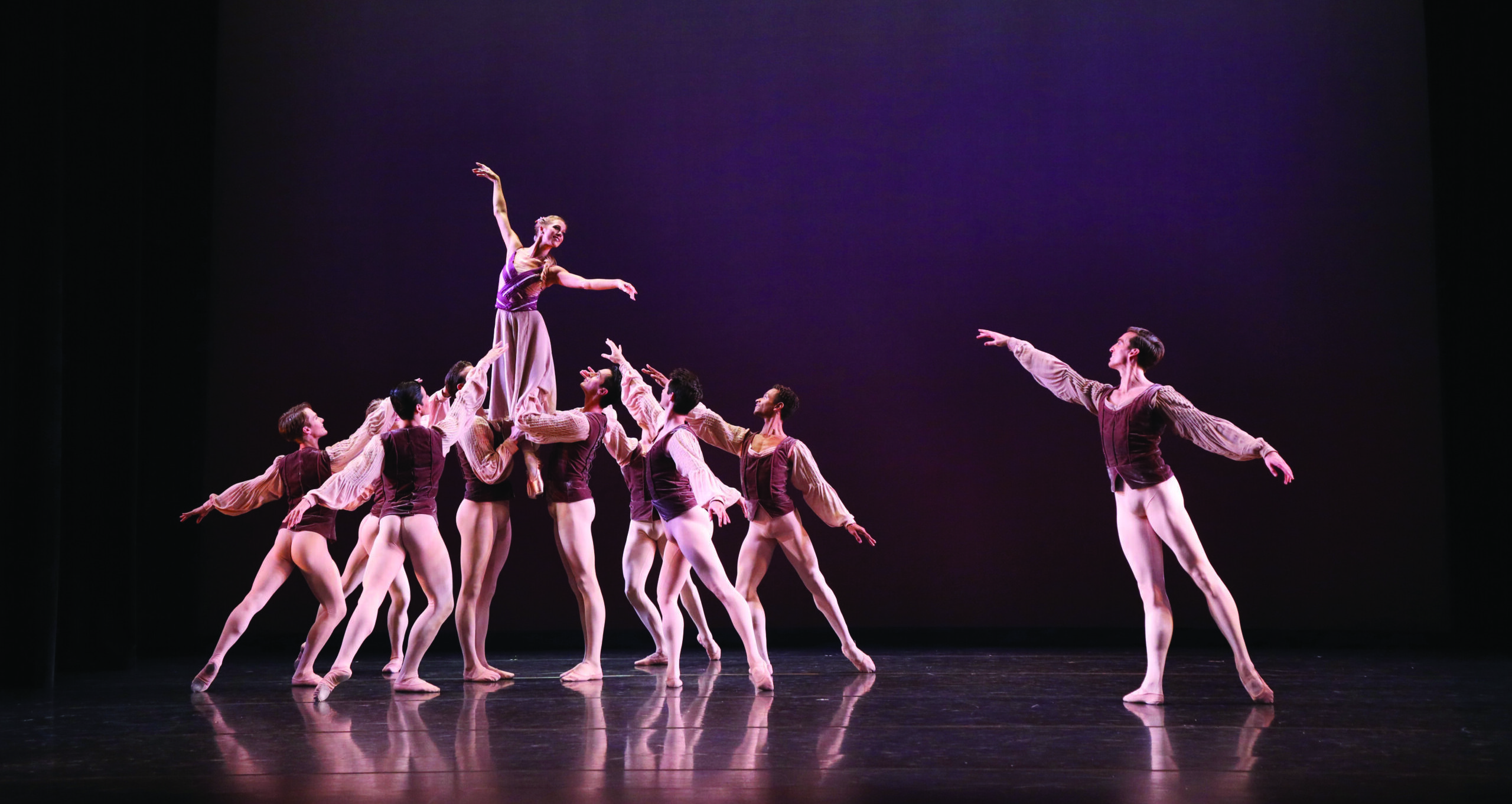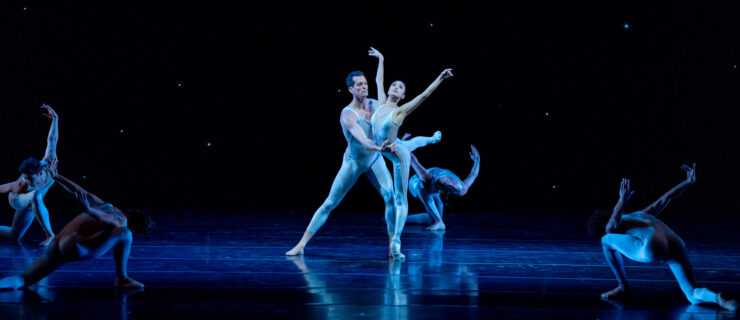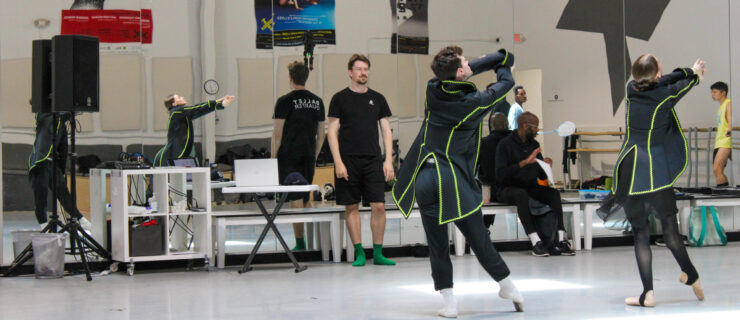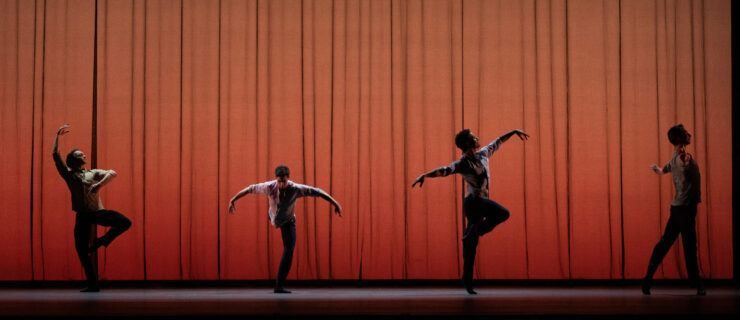Sarasota Ballet’s Ricardo Graziano: A Choreographer Among Friends
It’s not every day that someone celebrates 10 years as choreographer in residence at the company where he has spent the majority of his own dancing career. Ricardo Graziano, a member of The Sarasota Ballet since 2010, and principal since 2011, has much to celebrate. The list of roles he has taken on in his time in Sarasota—which includes Armand in Frederick Ashton’s Marguerite and Armand and The Prodigal in Balanchine’s Prodigal Son—is enviably long. Meanwhile, he has created 11 works for his fellow dancers, plus various pièces d’occasion. As he said recently after a rehearsal this past December, the casts in his ballets have gone from being composed of his peers and partners to being filled with a new generation of young dancers. This month, the company presents Graziano Celebrated, a triptych of his works including a new ballet, Schubert Variations, and two older ballets, In a State of Weightlessness, made for the 2015 Jacob’s Pillow Dance Festival, and Sonatina, from 2021.
Pointe caught up with Graziano at the end of last year.
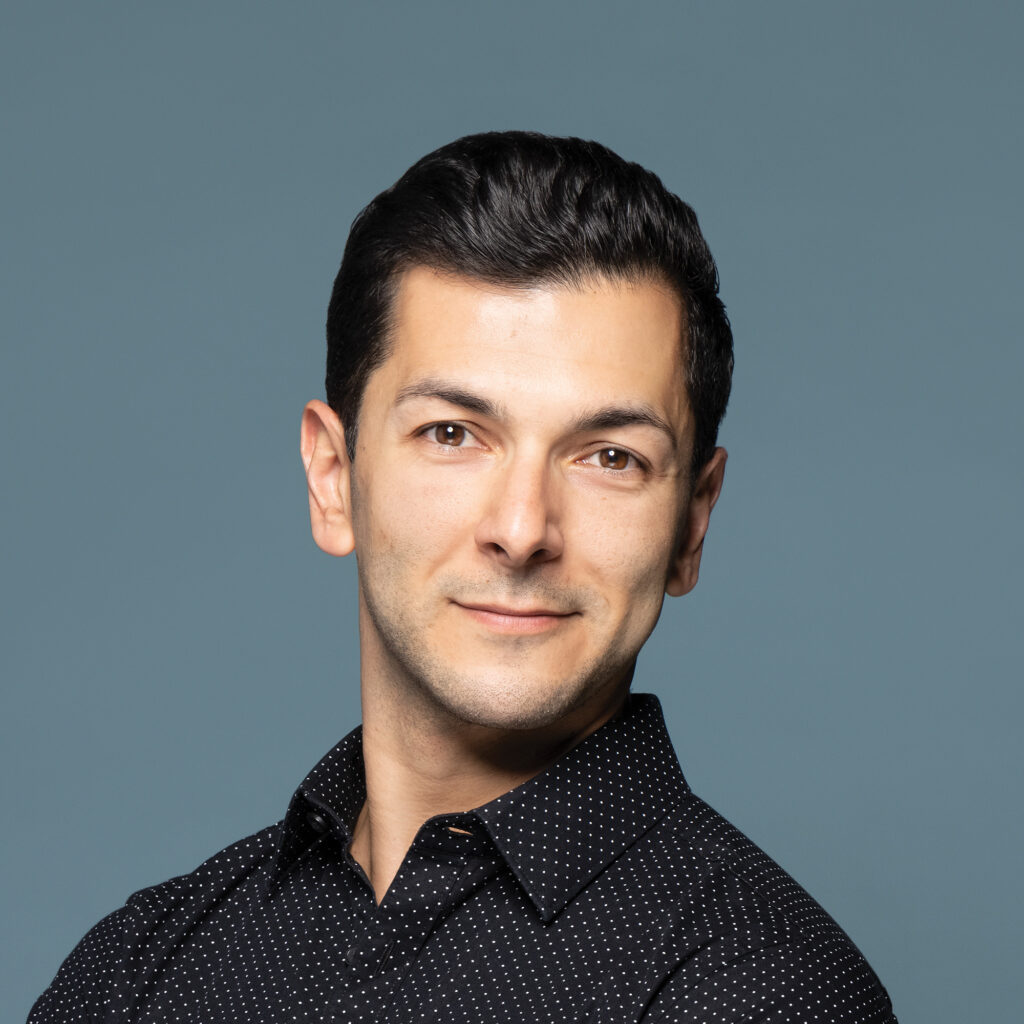
Had you ever choreographed before coming to Sarasota?
No! In fact, when, at the end of my first season, Iain [Webb, the director of Sarasota Ballet] asked me if I wanted to create something for the company, it took me by surprise. I had never shown any interest or inquired about choreographing. At first I said no, but then later, I said, “Well, sure. I’ll try.”
Do you know why he asked you?
I don’t! I think the story is that he just had a feeling.
Clearly, he was onto something! What is it that excites you about choreography?
I love seeing the dancers find themselves and teaching them how to be better dancers, stronger partners, more grounded movers. Seeing their evolution is what inspires me, as well as seeing the evolution from the first rehearsal to the last. I try not to give them only what I know they’re good at, but also to challenge them: What else can they do?
What is the starting point of creating a new ballet for you?
Most of the time the music is what inspires me. I try to push myself to listen to things I don’t normally listen to. As I’m listening to it, I start seeing the ballet. I can imagine a solo here, or a group dance there. I see costumes, colors, lighting. It’s almost like I’m seeing everything before it even happens.
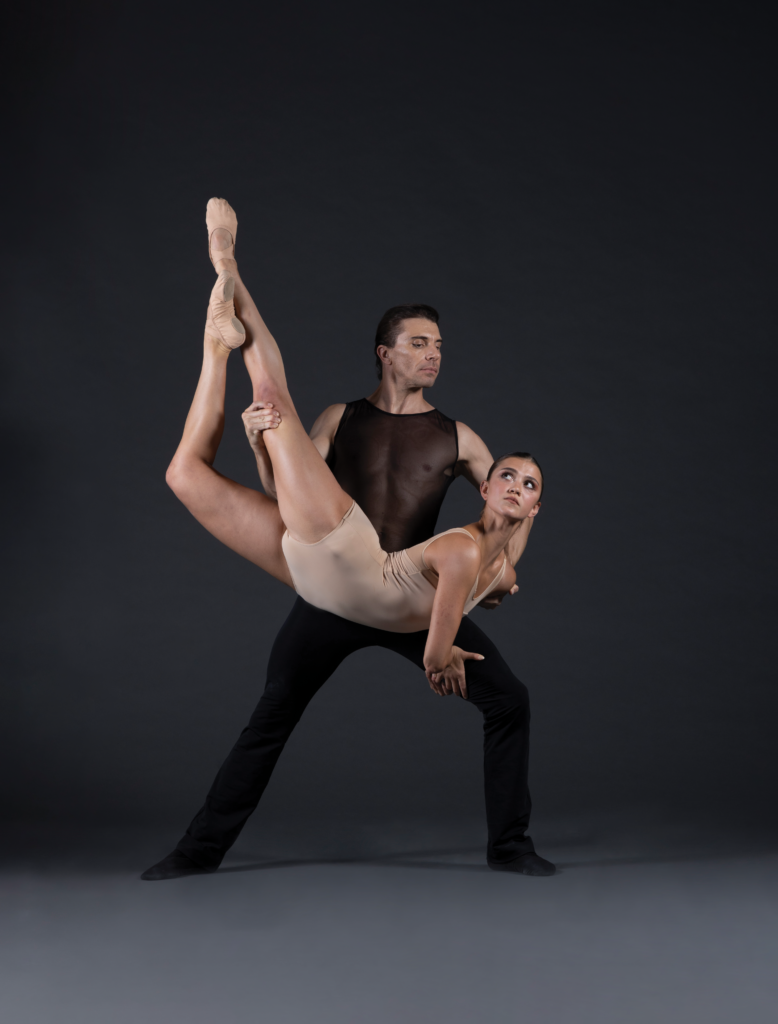
What will the new work, Schubert Variations, be like?
It’s neoclassical, on pointe, using classical movements but a little bit more fluid and less strict. There will be 11 dancers, and I’m using Schubert’s second symphony. I really just want to show off the dancers.
Are there any choreographers who have inspired you?
When I was in Tulsa Ballet, before I came to Sarasota, I danced a lot of Nacho Duato and a bit of Jiří Kylián. I really connected to their styles and [they] became part of my body. My forte is contemporary work, but I try to push myself in a different direction each time.
How do dancing and choreography influence each other for you?
The more I dance, and the more repertory I do, the more I learn, and of course I use that skill when I’m creating something. But it’s funny, as I figure out how to make things work when I’m creating a new dance, and try new things, [it] also makes me think, Oh, maybe I should try that when I’m dancing.
You’re known, in particular, as an excellent partner. How does that aspect of your dancing inform you as a choreographer?
If you were to sit down and watch all of my ballets, you’d see there are a lot of pas de deux. It’s almost like my ballets are created around the pas de deux. It’s the thing that comes the easiest, partly because I’m very confident when I am dancing as a partner. A lot of Brazilian dancers are good partners, because we had to do it a lot when we were kids. We just made it work, because we wanted to be onstage.
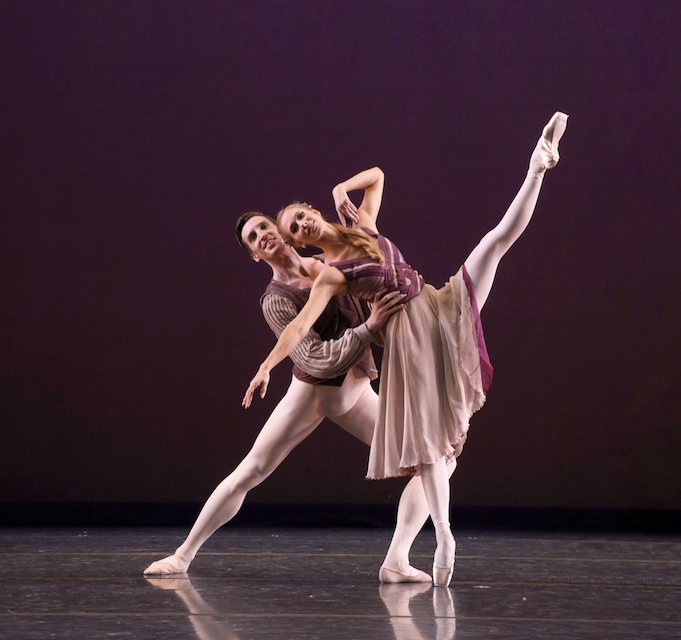
You’ve choreographed almost exclusively for Sarasota Ballet. Why is that?
It’s mainly because I’ve been focusing on my dancing career, and I didn’t want to leave during our seasons. So I haven’t even tried to get in touch with other companies. But Iain and I have been talking about it, and he has encouraged me to start reaching out, sending out videos. I have to plan ahead. I’m 37 and I’m getting to the end of my dancing career. Companies are already planning ahead three, four, five years into the future, so I have to get out there.
At this point in your career, do you see yourself more as a dancer or as a choreographer?
I feel like I’m still both 100 percent. I still love dancing. Even after my recent surgery for a torn Achilles tendon, and the fact that it has taken me a full year to come back, I want even more to get stronger and get back onstage. I love performing. But I also love being in the front of the room, sharing my knowledge with the dancers, creating, and being inspired by them.
